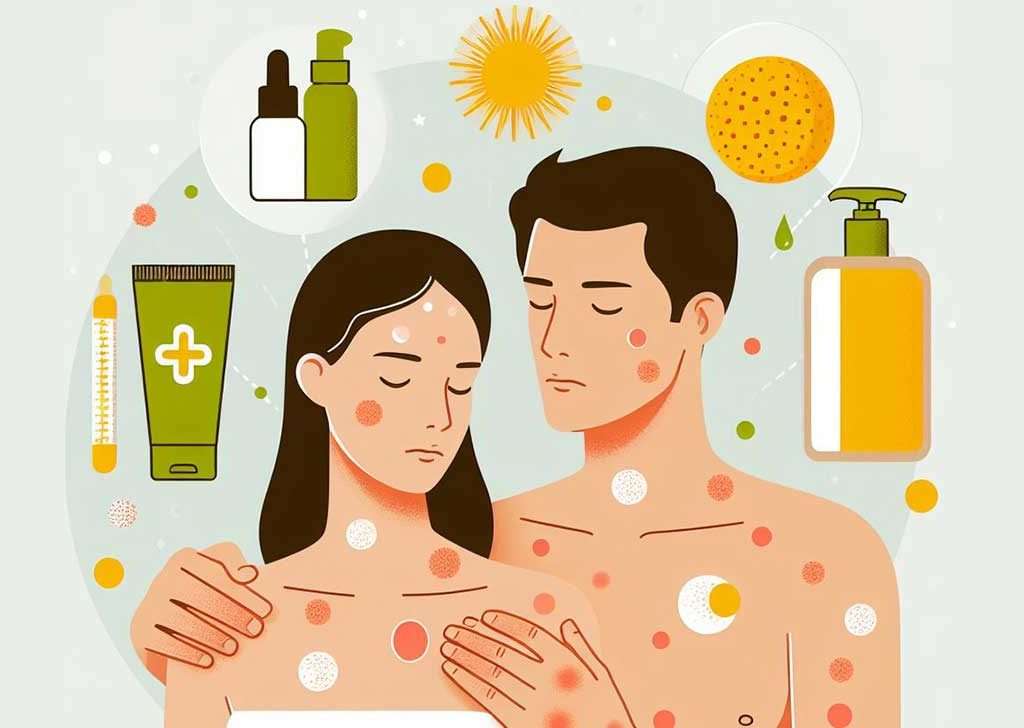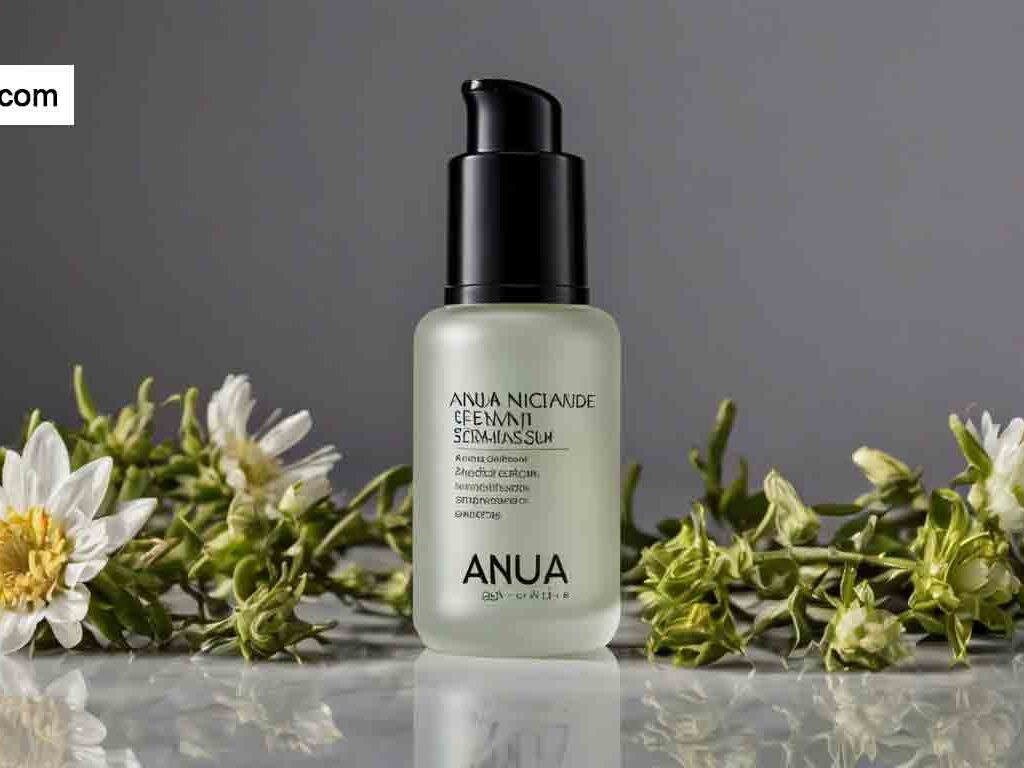Nasolabial folds, also called smile lines or laugh lines, are the creases that extend from the sides of the nose down to the corners of the mouth. As we age, these folds can become deeper due to factors like loss of skin elasticity, decreased collagen production, sun exposure, and gravity. Dermal fillers, particularly for nasolabial folds, have become a popular non-invasive cosmetic treatment to restore volume and smoothen these lines.
Nasolabial Fold Fillers
In this guide, we will cover everything you need to know about nasolabial fold fillers, including treatment options, benefits, risks, and frequently asked questions.
What Are Nasolabial Fold Fillers?
Nasolabial fold fillers are injectable treatments made primarily of hyaluronic acid or other biocompatible substances designed to fill in the deep creases around the mouth. By injecting fillers into the skin, dermatologists can smoothen these lines and restore youthful volume, making the face look rejuvenated and less tired.
Nasolabial fold fillers are non-surgical injectable treatments used to reduce the appearance of nasolabial folds, which are the lines or creases that extend from the sides of the nose down to the corners of the mouth. These lines, often referred to as “smile lines” or “laugh lines,” become more pronounced with age due to several factors, such as loss of skin elasticity, reduced collagen production, and the natural downward pull of gravity on facial tissues.
As we age, our skin gradually loses its ability to retain moisture and produce adequate amounts of collagen, a protein that keeps skin firm and youthful. Fat deposits in the face also diminish and shift over time, contributing to the deepening of nasolabial folds. These folds can make the face look older, tired, or less vibrant, leading many individuals to seek treatment.
Nasolabial Fold Fillers Overview
• This procedure involves injecting a substance into the skin to add volume and smooth out nasolabial folds.
• Common types include hyaluronic acid (HA), calcium hydroxylapatite fillers (Radisse), and poly-L-lactic acid fillers (Sculptra).
• The procedure is quick and simple, taking about 30 minutes to an hour.
• Patients may experience swelling, redness, or bruising at the injection sites, but these are generally mild and temporary.
• Results can last anywhere from six months to two years, with maintenance treatments needed over time.
• Hyaluronic acid fillers are reversible; an enzyme called hyaluronidase is injected to dissolve the filler if dissatisfied.
• Safety is considered safe with minimal risk when performed by a qualified practitioner.
• Unlike more invasive surgical procedures like facelifts, fillers require no downtime and offer immediate results with minimal risk.
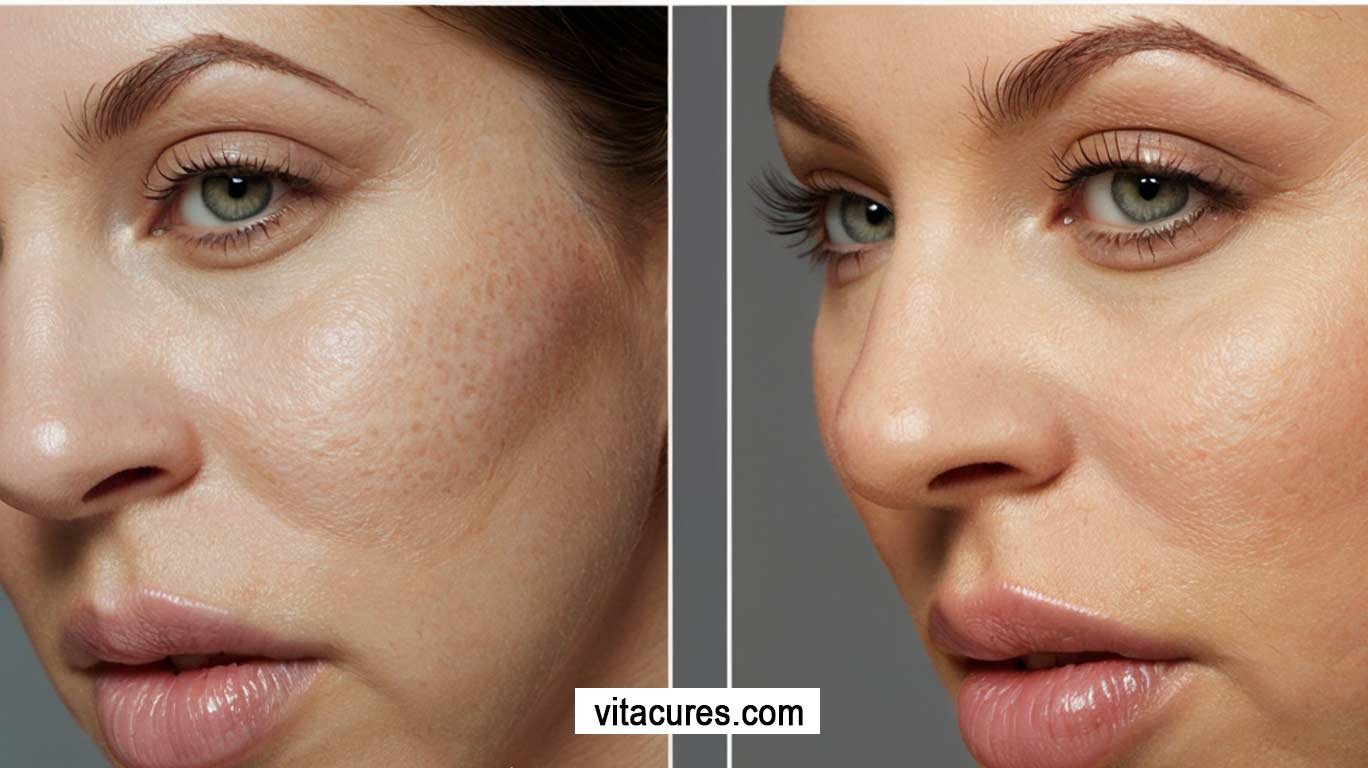
Types of Fillers for Nasolabial Folds
- Hyaluronic Acid Fillers
- Popular brands: Juvederm, Restylane, and Belotero.
- Hyaluronic acid is a natural substance found in the body that retains moisture. When injected, it adds volume and plumps the skin, reducing the appearance of nasolabial folds.
- Calcium Hydroxylapatite Fillers
- Popular brand: Radiesse.
- This is a thicker filler that stimulates collagen production over time. It is particularly effective for deeper folds and can last longer than hyaluronic acid fillers.
- Poly-L-lactic Acid Fillers
- Popular brand: Sculptra.
- A biocompatible synthetic substance that works by stimulating collagen production gradually. Results from Sculptra typically appear over several months and last for up to two years.
- Autologous Fat Transfer
- This procedure involves removing fat from another part of your body (typically the abdomen or thighs) and injecting it into the nasolabial folds. It’s a natural option and offers long-lasting results, but it’s a more invasive procedure compared to traditional dermal fillers.
Procedure: What to Expect
- Consultation: A board-certified dermatologist or plastic surgeon will evaluate your skin and nasolabial folds, taking into account your skin type, the depth of the folds, and your desired outcome.
- Preparation: The area is cleaned, and a topical anesthetic or numbing agent may be applied to minimize discomfort during the injection.
- Injection: The doctor injects the chosen filler using a fine needle. The number of injections will vary depending on the severity of the nasolabial folds and the type of filler being used.
- Post-Treatment Care: You may experience minor swelling, redness, or bruising, but these side effects typically subside within a few days. Ice packs can help reduce swelling, and it’s advised to avoid intense physical activity for the first 24-48 hours.
Benefits of Nasolabial Fold Fillers
- Non-invasive: Unlike a facelift, filler injections are a quick, non-surgical procedure that requires minimal downtime.
- Quick Results: Most patients see immediate results, though some fillers, like Sculptra, work gradually.
- Customization: Fillers can be tailored to your specific skin needs and aesthetic goals.
- Natural Appearance: When carried out by a knowledgeable professional, the results are subtle and appear natural.
- Boosts Confidence: By softening the appearance of deep creases, fillers can enhance facial symmetry and provide a youthful look.
Risks and Side Effects
Nasolabial fold fillers are a popular way to get rid of deep lines from the nose to the mouth without surgery. Before any cosmetic procedure, knowing the risks and side effects is important. Weigh these factors against the benefits to make an informed decision.
Many people who get nasolabial fold filler get bruises and swelling right away. It’s straightforward to get bruises in this area because the skin is thin and the injection can break blood vessels. The skin and tissues typically swell as they adjust to the filler. Some people feel this way for a week, but most get better in a few days.
It’s normal for the area around the injection to be red and hurt. The procedure could make the skin hurt or itch afterward. After the skin heals and adjusts to the filler, these side effects typically disappear within a few days.
Lumpy or uneven skin texture underneath the skin is a rare but frightening side effect. The filler may not spread evenly or the body may react, resulting in bumps. The doctor may massage these bumps after the shot, or they may go away and disappear. Sometimes you need a second treatment to get rid of or change the filler.
Another risk is getting an infection, which is not common but can happen. This risk increases if one does not perform the procedure in a clean room or fails to adhere to the aftercare instructions. If there is more redness, swelling, warmth, or pus around the injection site, it means there is an infection. Give antibiotics immediately to prevent infections from worsening.
Dermal filler allergic reactions are rare, but they can happen if the filler has ingredients that the patient is allergic to. If you have itching, hives, or swelling outside of the injection site, it could be a sign of an allergic reaction. Let your doctor know ahead of time if you have any allergies. Allergies are very rare with fillers like hyaluronic acid because the body makes them itself.
Occlusion of a vein is another serious but rare problem. Accidental injection of filler into a blood vessel halts the blood flow to the tissue. If untreated, this can cause necrosis, tissue death, or blindness if the filler enters blood vessels near your eyes. Vascular occlusion can result in severe pain, prolonged white skin, and color changes. This is an emergency that needs medical help right away. To clear the blockage, the doctor may inject hyaluronidase, an enzyme that breaks down hyaluronic acid fillers.
A longer-term risk is overfilling, which means putting too much filler in the face to make it look full. This can change how you look and talk. Fillers usually last between six and eighteen months, but adding too much in can change the way someone looks until the filler breaks down. Hyaluronidase can break down hyaluronic acid fillers more quickly if it needs to.
When the body reacts to something foreign, it can make granulomas, which are small, swollen bumps. These are the body’s defenses against fillers from outside the body. Granulomas can make the skin lumpy and hard, and you may need medical help to treat them.
Uneven injection of the filler can alter the appearance of one side of the face. Despite professionals’ diligent efforts to ensure even results, variations in muscle structure or the absorption of fillers can still result in uneven outcomes. Usually, professionals fix this by adding more filler or breaking up material that is too full.
Lastly, nasolabial fold fillers are usually safe and work well, but you should be aware of the risks and side effects. Complications are less likely to happen when the practitioner is skilled. Be honest with yourself about your goals and know that every cosmetic procedure has risks. You can avoid problems and enjoy treatment if you talk to your doctor about these risks and do what they say before and after treatment.
While dermal fillers are generally safe, especially when administered by a trained professional, there are potential risks, including:
- Bruising and Swelling: Common but usually resolves in a few days.
- Lumps or Uneven Texture: In rare cases, filler can create small lumps that may need adjustment.
- Infection: Though rare, infection can occur if the procedure is not done under sterile conditions.
- Allergic Reactions: Though rare with hyaluronic acid fillers, there is a small risk of allergic reactions.
- Overfilling: Too much filler can create an unnatural or “puffy” appearance.
Nasolabial Fold Fillers: Before and After: A Detailed Explanation
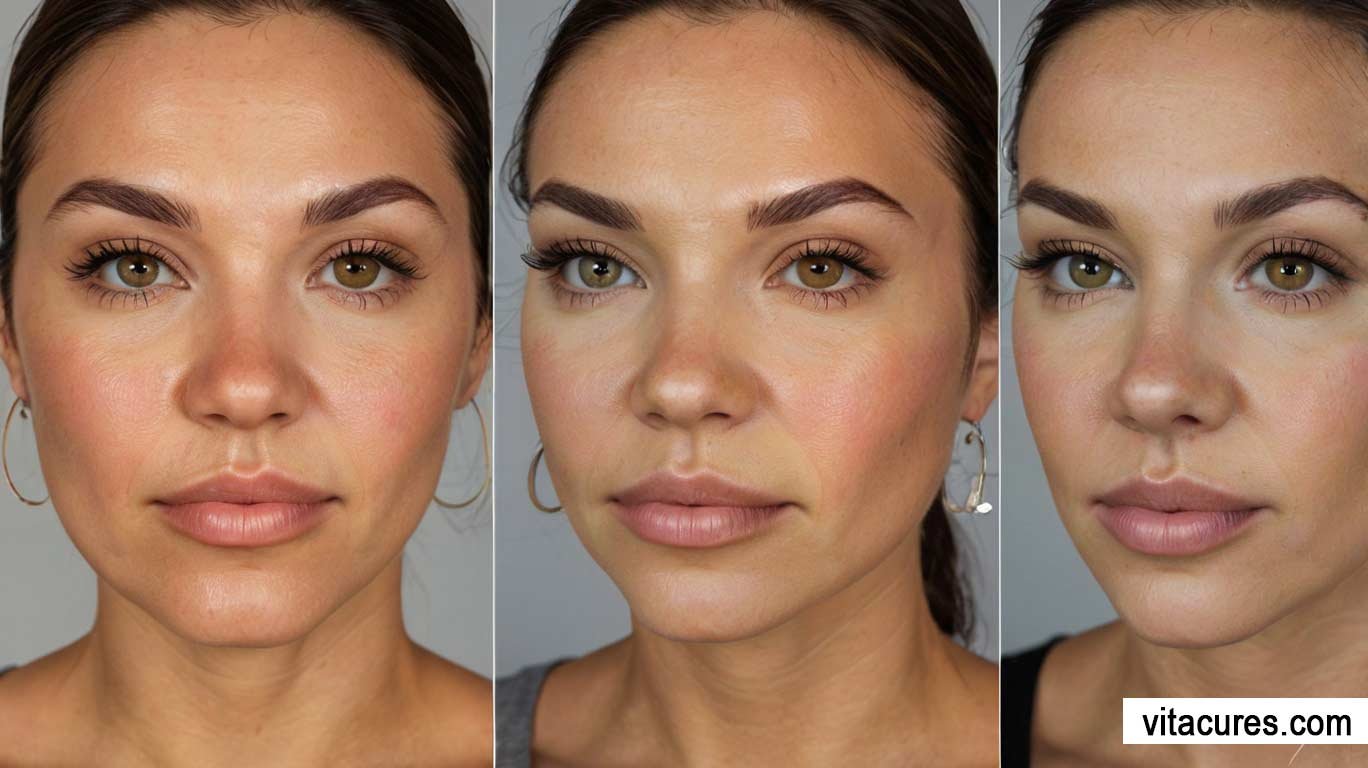
Nasolabial fold fillers are a cosmetic treatment aimed at softening the appearance of the deep lines that run from the sides of the nose to the corners of the mouth, often referred to as smile lines or laugh lines. The transformation seen in “before and after” photos is typically quite remarkable, as fillers can dramatically rejuvenate the lower half of the face, giving it a more youthful and refreshed look.
Before the Treatment:
- Appearance of Nasolabial Folds: Prior to the treatment, the nasolabial folds may appear deep and pronounced due to factors such as aging, loss of collagen, sun exposure, or genetics. The face can look tired or aged, and the lines can sometimes create a shadowing effect that emphasizes other areas of volume loss.
- Skin Texture and Volume: The skin in the mid-face may show signs of thinning, decreased elasticity, and sagging due to the natural aging process. The cheeks may have less fullness, contributing to a more severe appearance of the folds. The overall facial structure might appear less defined, particularly around the mouth and cheeks.
- Emotional Expression: Deeper nasolabial folds can give the impression of sadness or fatigue, even when the person is feeling neutral or happy.
After the Treatment:
- Reduction in Nasolabial Fold Depth: Post-treatment, the most noticeable change is the significant softening or near-complete elimination of the nasolabial folds. The fillers work by plumping the area and filling in the creases, giving a smoother, more youthful appearance to the skin.
- Restored Facial Volume: Fillers not only target the lines but also restore volume in the mid-face, lifting the cheeks and providing support to the surrounding skin. This contributes to a more balanced and lifted facial structure, which enhances the overall aesthetic of the face.
- Improved Skin Texture: Many fillers, particularly those made of hyaluronic acid, can improve the hydration of the skin, making it look more supple and revitalized. The skin may appear healthier with a subtle glow, as the filler helps retain moisture.
- Natural-looking Results: The aftereffects of a well-administered treatment are typically natural-looking, avoiding an “overfilled” or artificial appearance. The face looks fresher but still maintains its natural contours and expressions, ensuring that the patient looks like a more rejuvenated version of themselves rather than having an obviously altered appearance.
- Emotional Impact: By reducing the depth of the folds, the face can appear more relaxed and refreshed. The individual often looks less tired or aged, which can positively influence their emotional expressions and overall self-confidence.
Nasolabial fold fillers provide a noticeable but natural enhancement to facial aesthetics, restoring youthful fullness while softening deep creases. This “before and after” transformation reflects not only a change in appearance but also a boost in emotional well-being, as the patient often feels more confident and satisfied with their rejuvenated look.
How do I get rid of nasolabial folds without fillers?
Reducing nasolabial folds without the use of fillers involves a combination of lifestyle changes, skincare routines, and non-invasive treatments. Here’s a detailed exploration of effective strategies that can help minimize the appearance of these lines naturally.
1. Facial Exercises: Engaging in targeted facial exercises can strengthen the muscles around the mouth and cheeks, potentially reducing the depth of nasolabial folds. For instance, exercises like smiling widely, holding the position, and then relaxing can tone the surrounding muscles. Another effective exercise involves placing your fingers at the corners of your mouth and gently pulling the skin upwards while smiling to help lift the area.
2. Skincare Routine: A robust skincare routine is essential for maintaining skin elasticity and firmness. Incorporating products with ingredients like retinoids, which stimulate collagen production, can significantly improve skin texture and elasticity over time. Hyaluronic acid serums are also beneficial as they help hydrate the skin, making it plumper and less likely to show deep folds. Additionally, using sunscreen daily protects against UV damage, which can exacerbate the appearance of wrinkles.
3. Hydration: Staying adequately hydrated is crucial for maintaining skin health. Drinking enough water helps keep the skin hydrated from the inside, preventing it from becoming dry and sagging. Aim for at least eight glasses of water a day, and consider increasing your intake if you’re physically active or live in a dry climate.
4. Healthy Diet: Consuming a balanced diet rich in antioxidants, vitamins, and minerals can improve skin health. Foods high in vitamin C (such as oranges and strawberries) promote collagen production, while omega-3 fatty acids (found in fish, flaxseeds, and walnuts) help maintain skin elasticity. Including plenty of fruits, vegetables, and whole grains can also contribute to overall skin health.
5. Non-Surgical Treatments: There are various non-invasive treatments available that can help reduce the appearance of nasolabial folds without fillers. Options include laser therapy, which stimulates collagen production and improves skin texture; microneedling, which involves tiny needles creating micro-injuries to boost collagen and elastin; and radiofrequency treatments, which use heat to tighten the skin. Each of these methods can provide gradual improvements and may require multiple sessions for optimal results.
6. Lifestyle Changes: Avoiding smoking and excessive alcohol consumption is vital for maintaining skin health. Both habits can accelerate the aging process, leading to increased skin laxity and more pronounced nasolabial folds. Additionally, getting enough sleep and managing stress through relaxation techniques like yoga or meditation can promote overall skin vitality.
7. Professional skincare treatments: Regular facials, particularly those that focus on hydration and skin tightening, can be beneficial. Treatments like chemical peels or microdermabrasion can help exfoliate the skin, improve texture, and encourage cell turnover, leading to a fresher appearance over time.
By incorporating these strategies into your daily routine, you can effectively minimize the appearance of nasolabial folds without the need for fillers. While results may take time and consistency, a holistic approach focusing on skincare, exercise, and healthy habits can lead to a more youthful and rejuvenated appearance.
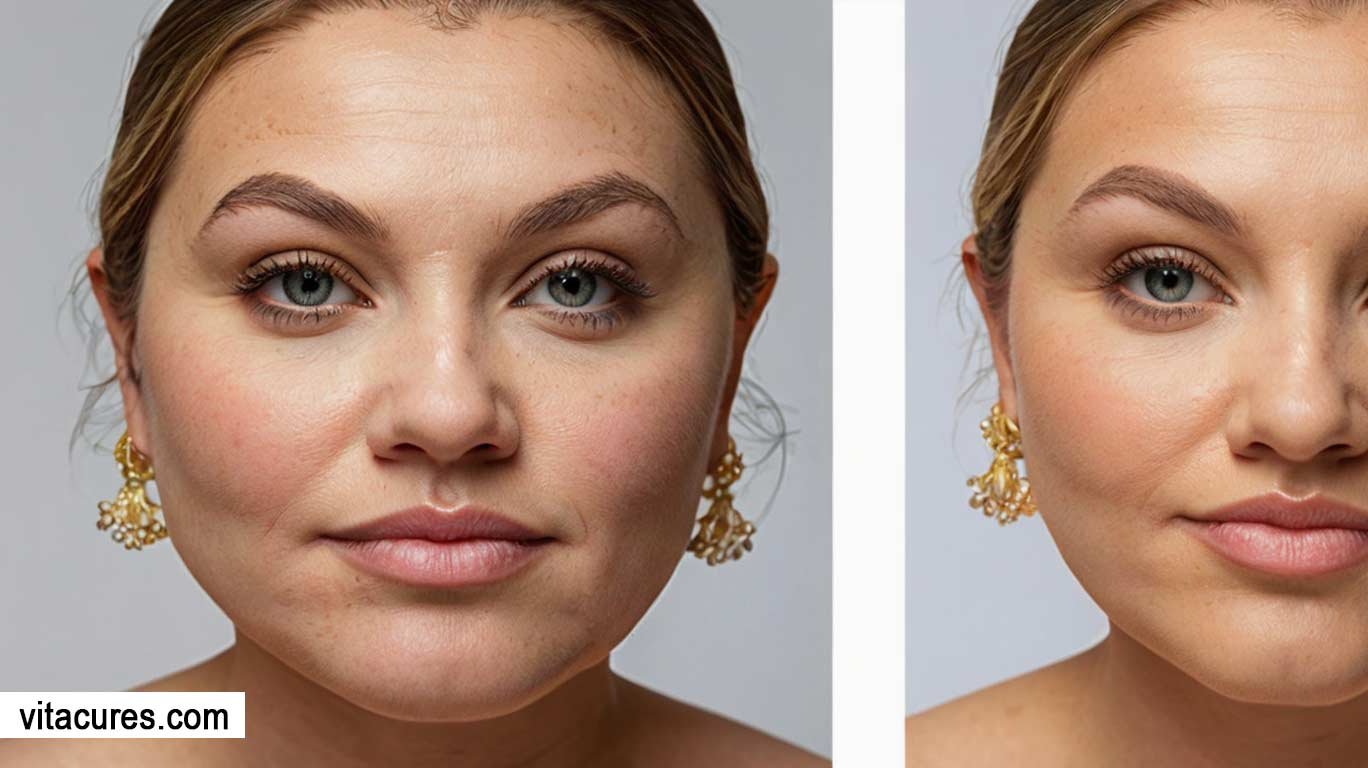
Frequently Asked Questions (FAQ)
1. How long do nasolabial fold fillers last?
Most fillers last between 6 and 18 months, depending on the type of filler used. Hyaluronic acid fillers typically last 6-12 months, while fillers like Radiesse and Sculptra can last up to 18-24 months.
2. Are the results from nasolabial fold fillers permanent?
No, dermal fillers are temporary. However, some fillers encourage the production of collagen, which may provide longer-lasting benefits even after the body has absorbed the filler.
3. How much do nasolabial fold fillers cost?
The cost varies based on the type of filler, geographic location, and the experience of the practitioner. On average, hyaluronic acid fillers range from $500 to $1,000 per syringe. Deeper folds may require more than one syringe.
4. Can I dissolve hyaluronic acid fillers if I don’t like the results?
Yes, hyaluronic acid fillers can be dissolved using an enzyme called hyaluronidase if you are unhappy with the results.
5. How can I prevent nasolabial folds from getting deeper?
Using sunscreen regularly, moisturizing the skin, avoiding smoking, and maintaining a healthy lifestyle can help prevent nasolabial folds from becoming more pronounced. However, genetics and aging are the main factors, so fillers are a popular solution when prevention alone is not enough.
6. Who is a good candidate for nasolabial fold fillers?
Anyone who is in good health, has moderate to deep nasolabial folds, and desires non-surgical facial rejuvenation is a good candidate. A consultation with a board-certified provider can determine if fillers are the right option for you.
7. How much downtime is required after the procedure?
There is minimal downtime with nasolabial fold fillers. Most people resume normal activities immediately, although it’s recommended to avoid strenuous activities and alcohol for 24-48 hours.
Final Thoughts
Nasolabial fold fillers are an excellent option for those looking to achieve a more youthful, refreshed appearance without undergoing surgery. The variety of fillers available ensures that you can choose a solution tailored to your skin’s needs, whether you want immediate results or gradual collagen stimulation. While risks are low, it’s important to choose a board-certified professional with experience in dermal fillers to ensure safe and effective results.
References
- American Society for Dermatologic Surgery (ASDS): www.asds.net
- American Board of Cosmetic Surgery: www.americanboardcosmeticsurgery.org
- International Society of Aesthetic Plastic Surgery (ISAPS): www.isaps.org
- Mayo Clinic – Dermal Fillers: www.mayoclinic.org
- Cleveland Clinic, Soft Tissue Fillers: www.clevelandclinic.org

